What are subordinating conjunctions? Subordinating conjunctions can seem daunting to understand initially.
For example, how does a person know how to punctuate subordinating conjunctions?
What are the rules for comma placement?
Also, is there a difference between a subordinating conjunction and a coordinating conjunction?
Subordinating conjunctions help bring together sentences (one complete and one fragment) to form a complete thought.
If you want to improve your writing and learn how to write a sentence with a subordinating conjunction that follows proper English grammar rules, then keep reading…
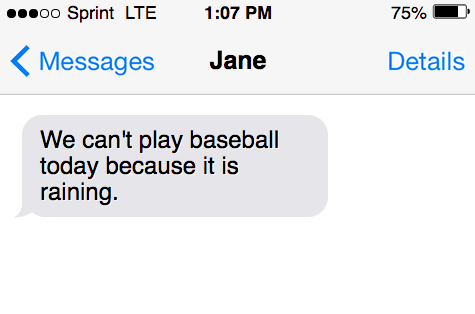
What are subordinating conjunctions?
Subordinating conjunctions are phrases or words that link dependent clauses to independent clauses.
Further, the subordinating clause shows the reader that it has informative value to add to the sentence’s main idea.
By doing so, these words indicate a cause and effect relationship or a shift in time and place between the two clauses.
| Form | Definition |
| Subordinating conjunction (noun) /səˌbôrdnˌādiNG kənˈjəNGkSH(ə)n/ | a conjunction that introduces a subordinate clause, e.g., although, because. |
What is a dependent clause?
As previously mentioned, subordinating conjunctions combine dependent clauses.
But, what are these?
A dependent clause is a group of words containing a subject and verb.
However, these clauses do not express a complete thought.
Essentially, dependent clauses cannot act as a complete sentence, only a fragment.
To remember this, think of how “depend” means to need or rely on someone or something.
With that, dependent clauses “depend” on more words to form a complete thought.

Examples
“When I went to the park after school…”
The previous incomplete sentence needs more information describing what happened after the subject went to the park.
“Because Tommy wouldn’t study his flash cards…”
Again, this sentence is incomplete and demands more information to provide meaning.
| Example phrase | Subordinating conjunctions used |
| As much as I knew it was wrong, I went ahead. | As much as |
| Although it was hard, I went forward. | Although |
| I thought after some time things would pass. | After |
What is a subordinate clause?
A subordinate clause is simply another name for a dependent clause.
| Subordinate clause | Main clause |
| if you don’t try, | you are doomed. |
Therefore, a subordinate clause does not form a complete sentence.
Instead, grammar rules tell use that there needs to more words to form a complete idea.
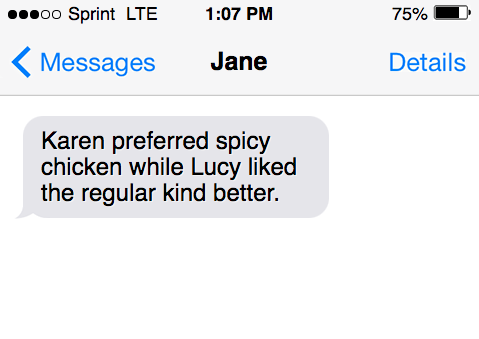
What is an independent clause?
An independent clause is a group of words containing a subject and verb while also expressing a complete thought.
Unlike dependent clauses, independent clauses form a complete sentence.
Also, one can write two independent clauses and connect them using a subordinating conjunction.
As long as the two ideas express a complete thought on their own, they can be considered independent clauses.
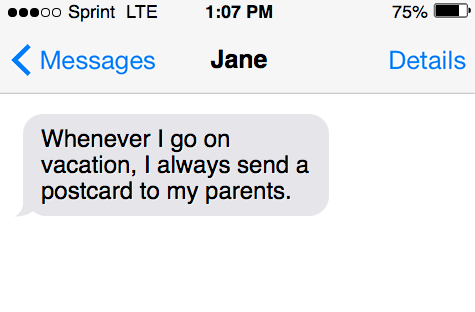
Examples
- “Johnny went to the game with his best friend.”
- “It was a difficult test.”
- “He said he could drive to the park alone.”
Subordinating conjunction words
There is a long list of subordinating conjunctions used for various purposes.
Some of the most common ones include “because” and “so.”
Sometimes, they are used to show a cause and effect relationship.
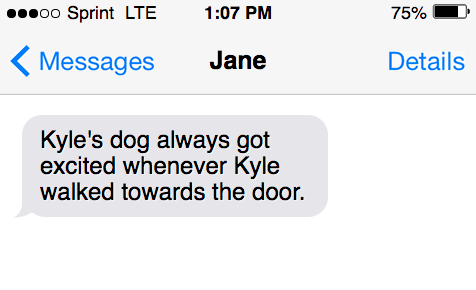
The conjunction examples used to do this include:
- Because
- For
- As
- Since
- Though
- Due to
- Provided that
- Because of
- Unless
- So
- So that
Further, subordinating conjunctions can also show a relationship involving a shift of time or place.
Subordinating conjunction examples in this circumstance include the following terms:
- Once
- While
- When
- Whenever
- Where
- Wherever
- Before
- After
Here are even more terms to add to the subordinating conjunctions list:
- Although
- As long as
- As if
- As soon as
- As
- Even if
- Even though
- In order that
- In the event that
- Lest
- Now that
- Only if
- Supposing
- Till
- Provided that
- Whether or not
- Until
- Unless
- Whereas
For more reference, refer to the table below.
| Type | Examples |
| Relative pronouns | Who, whoever, whom, whomever, whose |
| Relative adjectives | That, whatever, which, whichever |
| Reason | Because, since, so that, in order (that), that, as |
| Manner | How, as though, as if |
| Condition | If, only if, unless, provided that, assuming that, even if, in case (that), lest |
| Place | Where, whenever |
| Concession | Though, although, even though |
| Time | After, as soon as, as long as, before, by the time, now that, once, since, till, when until, whenever, while |
| Comparison | Than, rather than, whether, as much as, whereas |
Subordinating conjunctions: cause and effect
One purpose of subordinating conjunctions is to show a cause and effect relationship between the subordinate clause and the main clause.
That said, the most popular conjunction used to do this is the word “because.”
Alone, a statement starting with the subordinate conjunction “because” is incomplete.
Take this dependent clause beginning with “because”:
“Because she wouldn’t wake up on time.”
The reader can sense this clause is incomplete, as it leaves them asking “Why?” or “For what purpose?”
Related: Is because a subordinating conjunction?
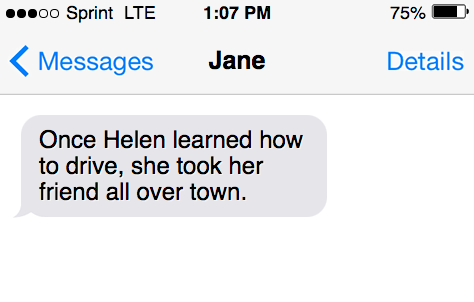
Often, statements beginning with “because” are called a clause of purpose, as it indicates a casual relationship.
Therefore, one must add an independent clause for the phrase to lean on.
For instance, one can add something like this:
“Stacy wasn’t allowed to go to the fitness class.”
This statement can stand on its own, but using a subordinating conjunction, one can combine the two clauses.
“Stacy wasn’t allowed to go to the fitness class because she wouldn’t wake up on time.”
Examples
- “The teacher said Michael could retake the test, provided that he do extra credit.”
- “My dad wanted to bring me a sandwich because I told him I was hungry.”
- “I wanted to get to school early so that I have time to finish my homework assignment.”
- “Jason wasn’t allowed to drive the car because of the fact that he didn’t have a license.”
Subordinating conjunctions: relationships of time
Subordinating conjunctions also bring independent and dependent clauses together to show a relationship between two clauses.
Typically, these two clauses involve a transition of place or time.
Some examples of subordinating conjunctions that involve a transition between time or place include “once,” “while,” and “when,” among several others (see above).
Additionally, the subordinating conjunction can be placed at the beginning of the sentence or between the dependent and independent clauses.

Examples
- “Once Helen learned how to drive, she took her friend all over town.”
- “Kyle’s dog always got excited whenever Kyle walked towards the door.”
- “After I’m done with practice for the night, my family wants to have dinner together.”
- “Karen preferred spicy chicken while Lucy liked the regular kind better.”
Comma placement
Generally, one does not place a comma before a subordinating conjunction when it falls in the middle of a sentence.
When subordinating conjunctions start the sentence, one places a comma after the whole subordinate clause (not just the conjunction itself).
For example, the following sentence shows incorrect comma usage:
“Herb and Fiona drove to school, whenever the car was filled with gas.”
Instead, it should be written like this:
“Herb and Fiona drove to school whenever the car was filled with gas.”
Here is an example of proper punctuation when the subordinating conjunction starts a statement.
“Whenever the Royals play, Tracy cooks a big meal.”
Note that subordinating conjunctions have different rules than coordinating conjunctions.
That said, coordinating conjunctions join one independent clause with another.
Further, a coordinating conjunction can look like any of these words:
- For
- And
- Nor
- But
- Or
- Yet
- So (sometimes)
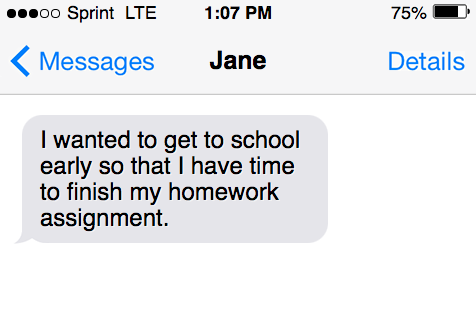
How to use a subordinating conjunction
Recall that subordinating conjunctions are used to connect independent and dependent clauses.
The placement or subordinate conjunctions varies depending on the statement in question.
One can place a subordinating conjunction at the start of a dependent clause or between an independent clause and another.
When the dependent clause comes before the independent clause, place a comma at the end of the dependent clause (not the subordinating conjunction alone).
What are conjunctive adverbs?
A conjunctive adverb is a unique type of adverb in that it is used to connect two independent or main clauses.
Most of the time, adverbs are used to modify verbs or adjectives.
However, conjunctive adverbs are used as conjunctions.
Essentially, the word or phrase acting as the conjunctive adverb will function as a link between one sentence and another.
Typically, a semicolon is used to separate the initial sentence from the conjunctive adverb.
For example, a sentence using a conjunctive adverb would look something like this:
“Lucy loves this movie for its unique case; also, she is a film major and enjoys watching movies.”
Without the word “also” there to function as a connecting piece, both phrases could stand on their own.

More examples of sentences using subordinating conjunctions
Here are some examples of subordinating conjunctions used in various ways in writing:
- “Whenever I go on vacation, I always send a postcard to my parents.”
- “We can’t play baseball today because it is raining.”
- “Although I don’t like playing the flute, it has helped improve my math scores.”
- “Kristy can come with us as long as she tells her mom.”
- “I will work on my writing as soon as I pick up pencils and paper.”
What is a complex sentence?
Complex sentences are different from other types of sentences in that they contain a dependent clause (only complex and complex-compound have them).
Remember, a dependent clause can also be referred to as a subordinate clause.
However you refer to it, a subordinating clause cannot stand alone as a statement.
Rather, subordinate clauses need a main or independent clause to make it a complete thought.
Otherwise, a subordinating clause is just a sentence fragment and leaves your writing hard to understand.
Further, the most common complex statements in the English language use an “if-then” structure.
In conditional sentences, one clause it only true if both phrases are true.
Still, each phrase has equal importance.
Take this statement, for example:
“If we all share our concepts, then we can get the project done quicker.”

Complex vs. simple sentences
The difference between complex and simple statements is pretty easy to understand.
That said, simple sentences only contain one independent clause and nothing more.
In simple statements, there are no subordinating conjunctions or additional independent clauses.
Here are a few examples of complex and simple statements.
Examples of simple sentences
- “Troy is studying anti-matter.”
- “The weather is nice today.”
- “Mario got a stomach ache today.”
- “I want to drive home today.”
Examples of complex sentences
- “Troy is studying math so he can become a teacher in a few years.”
- “Because the weather is nice today, I plan to take a walk.”
- “After he ate KFC, Mario got a stomach ache today.”
- “I want to drive home today because it wasn’t raining.”
Main subordinating conjunctions takeaways
After taking a look at subordinating conjunction examples, it is a little easier to understand the basic rules.
Here are the main ideas to take away from subordinating conjunctions:
- Subordinating conjunctions use a word or phrase to connect a dependent clause to the main clause.
- Subordinating conjunctions usually show a cause and effect relationship, although they can describe a shift in time.
- When writing a sentence that starts with a subordinating conjunction, the comma is placed after the conjunctive clause.
- In the sentence contains a subordinating conjunction between the dependent clause and the main clause, there is no comma.
Common questions
Questions about the English language.
Is “from” a subordinating conjunction?
No, “from” is not a subordinating conjunction.
Is “for” a subordinating conjunction?
Yes, “for” is a subordinating conjunction.
What are “SWABI,” “THAMO”, and “FANBOYS?”
SWABIs are subordinating conjunctions that join two complete thoughts into one sentence. The letters stand for “Since,” “When,” “After,” “Because,” and “If.”
These are devices used to help remember grammar rules.
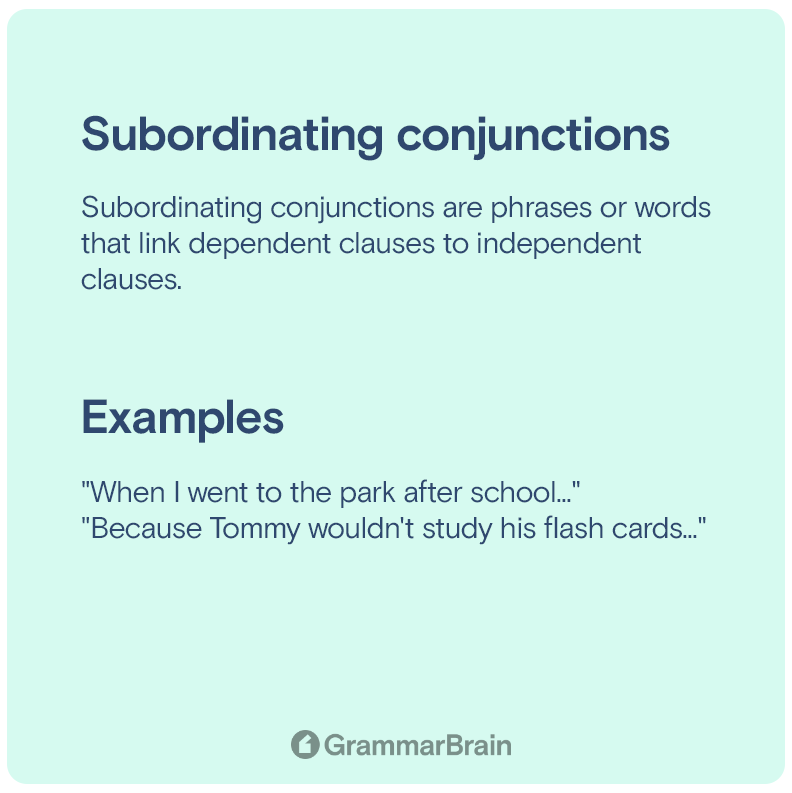
Sources
- Understanding Conjunctive Adverbs – Thesaurus.com
- What Is a Compelx Sentence? – Grammarly
- Identifying Independent and Dependent Clauses – Purdue.edu
- What Is a Subordinating Conjunction? – Grammarly
- Subordinating conjunctions – Cn – Carson-Newman University
- Subordinating Conjunctions.pdf – San Jose State University
- Subordinating Conjunctions – Excelsior University OWL
- Subordinating Conjunctions – MIT
- Using Conjunctive Adverbs – The Writing Center
- Conjunctive Adverbs [pdf] – San Jose State University
- Conjunctive Adverbs
Inside this article
Fact checked:
Content is rigorously reviewed by a team of qualified and experienced fact checkers. Fact checkers review articles for factual accuracy, relevance, and timeliness. Learn more.
Core lessons
Glossary
- Abstract Noun
- Accusative Case
- Anecdote
- Antonym
- Active Sentence
- Adverb
- Adjective
- Allegory
- Alliteration
- Adjective Clause
- Adjective Phrase
- Ampersand
- Anastrophe
- Adverbial Clause
- Appositive Phrase
- Clause
- Compound Adjective
- Complex Sentence
- Compound Words
- Compound Predicate
- Common Noun
- Comparative Adjective
- Comparative and Superlative
- Compound Noun
- Compound Subject
- Compound Sentence
- Copular Verb
- Collective Noun
- Colloquialism
- Conciseness
- Consonance
- Conditional
- Concrete Noun
- Conjunction
- Conjugation
- Conditional Sentence
- Comma Splice
- Correlative Conjunction
- Coordinating Conjunction
- Coordinate Adjective
- Cumulative Adjective
- Dative Case
- Determiner
- Declarative Sentence
- Declarative Statement
- Direct Object Pronoun
- Direct Object
- Diction
- Diphthong
- Dangling Modifier
- Demonstrative Pronoun
- Demonstrative Adjective
- Direct Characterization
- Definite Article
- Doublespeak
- False Dilemma Fallacy
- Future Perfect Progressive
- Future Simple
- Future Perfect Continuous
- Future Perfect
- First Conditional
- Irregular Adjective
- Irregular Verb
- Imperative Sentence
- Indefinite Article
- Intransitive Verb
- Introductory Phrase
- Indefinite Pronoun
- Indirect Characterization
- Interrogative Sentence
- Intensive Pronoun
- Inanimate Object
- Indefinite Tense
- Infinitive Phrase
- Interjection
- Intensifier
- Infinitive
- Indicative Mood
- Participle
- Parallelism
- Prepositional Phrase
- Past Simple Tense
- Past Continuous Tense
- Past Perfect Tense
- Past Progressive Tense
- Present Simple Tense
- Present Perfect Tense
- Personal Pronoun
- Personification
- Persuasive Writing
- Parallel Structure
- Phrasal Verb
- Predicate Adjective
- Predicate Nominative
- Phonetic Language
- Plural Noun
- Punctuation
- Punctuation Marks
- Preposition
- Preposition of Place
- Parts of Speech
- Possessive Adjective
- Possessive Determiner
- Possessive Case
- Possessive Noun
- Proper Adjective
- Proper Noun
- Present Participle
- Prefix
- Predicate



